11111
Nowadays, in architectural beauty, façade is not only the exterior of the building, but also a combination of modern architectural style, building function and modern environment. Architectural aluminum expanded metal, as a new type of façade building material, has gradually become a mainstream product in the application of building façade. It is mainly used in modern buildings. Expanded metal provides visual beauty and can also play an important role in safety, ventilation, privacy protection and other aspects.
The role of Expanded Metal in Façade design:
With the advancement of modern urbanization, more and more architectural designs need to meet the functional requirements of buildings while also considering the aesthetics of architectural design and the coordination with the environment. Expanded Metal, as a highly three-dimensional material, can provide a favorable solution for Façade design. This unique mesh structure can not only effectively achieve beautiful light and shadow effects, but also enhance the overall layering and dynamics of the building façade.
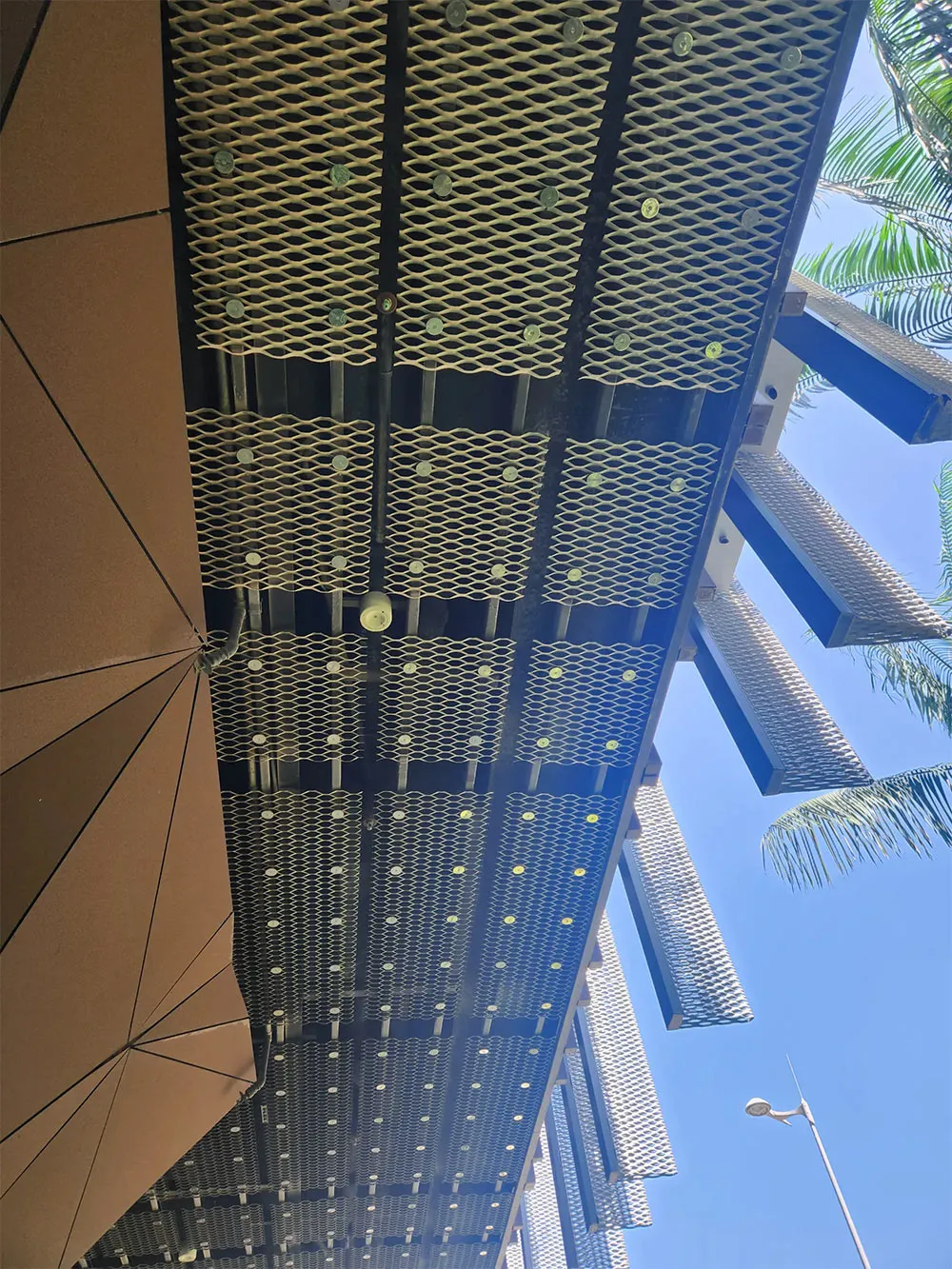
Coordination of aesthetics and functionality
The grid structure of Expanded Metal can improve the ventilation effect of the entire building while ensuring the visual effect. It is mainly used in façade decoration in commercial buildings, public facilities, residential areas, etc. For example, the exterior of a building made of expanded metal can present a diamond effect of light and shadow under the sun, enhancing the decorative art of modern style. At the same time, the permeability of expanded metal ensures the circulation of air, which helps the ventilation exchange effect between the inside and outside of the building and maintains good indoor air quality.
Improve security and protect privacy
Nowadays, in some high-rise buildings or urban buildings, protecting privacy is very important for residential and commercial use. Expanded metal has a good shielding effect and can protect people's privacy in the environment in private or commercial environments. At the same time, its solid metal material brings security to the building and effectively prevents external damage.
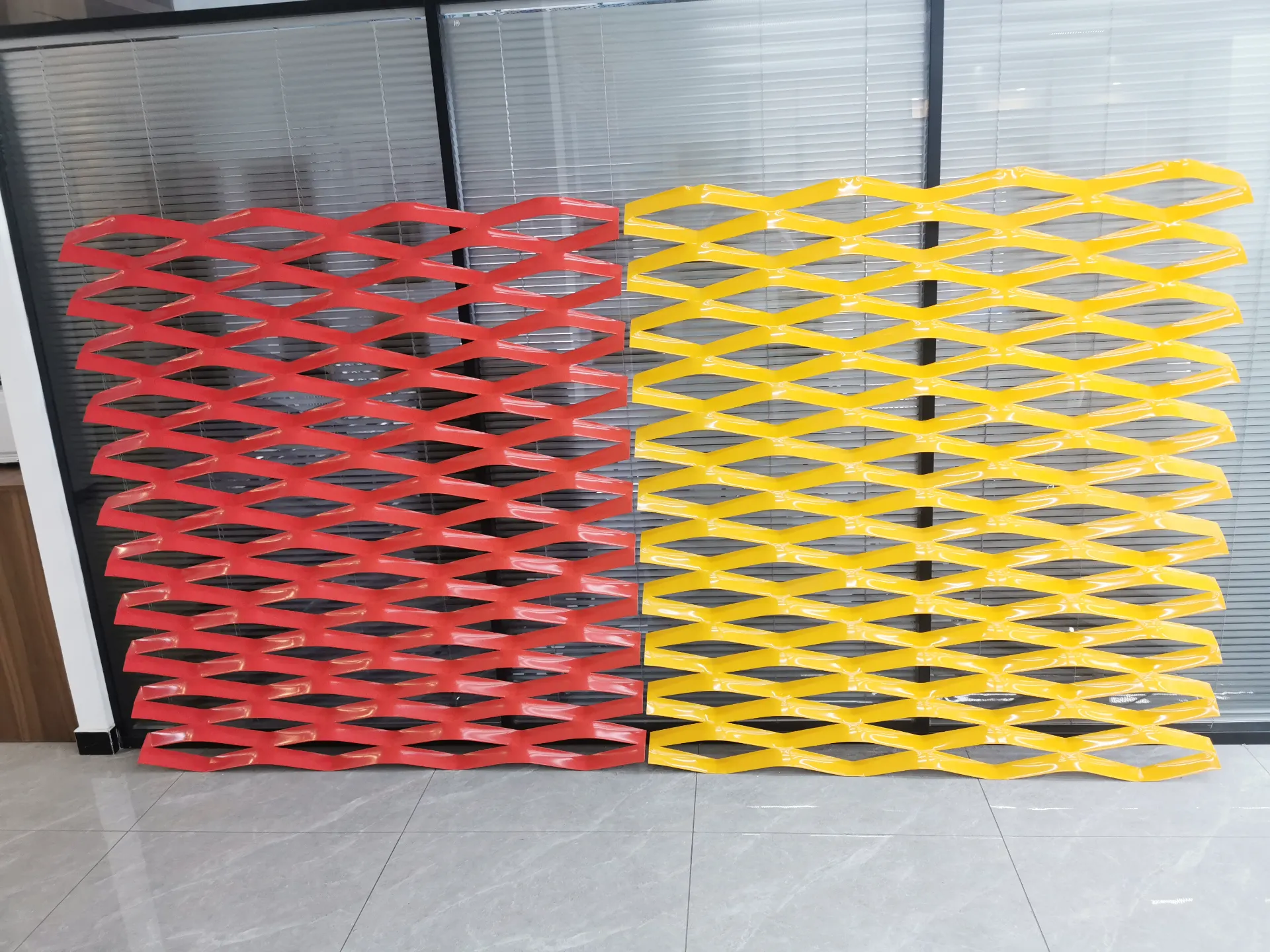
Sustainability and environmental protection
Expanded metal mainly uses aluminum alloy materials in architectural façade, and there is almost no waste generated during the production process, and it is recyclable, which makes it a green building standard today. The use of expanded metal can reduce dependence on traditional materials and reduce resource waste, thereby greatly reducing the impact of construction waste on the environment. In addition, aluminum alloy expanded metal is durable, not easy to corrode, easy to clean, and can effectively extend the service life of the building façade and reduce the frequency of maintenance.
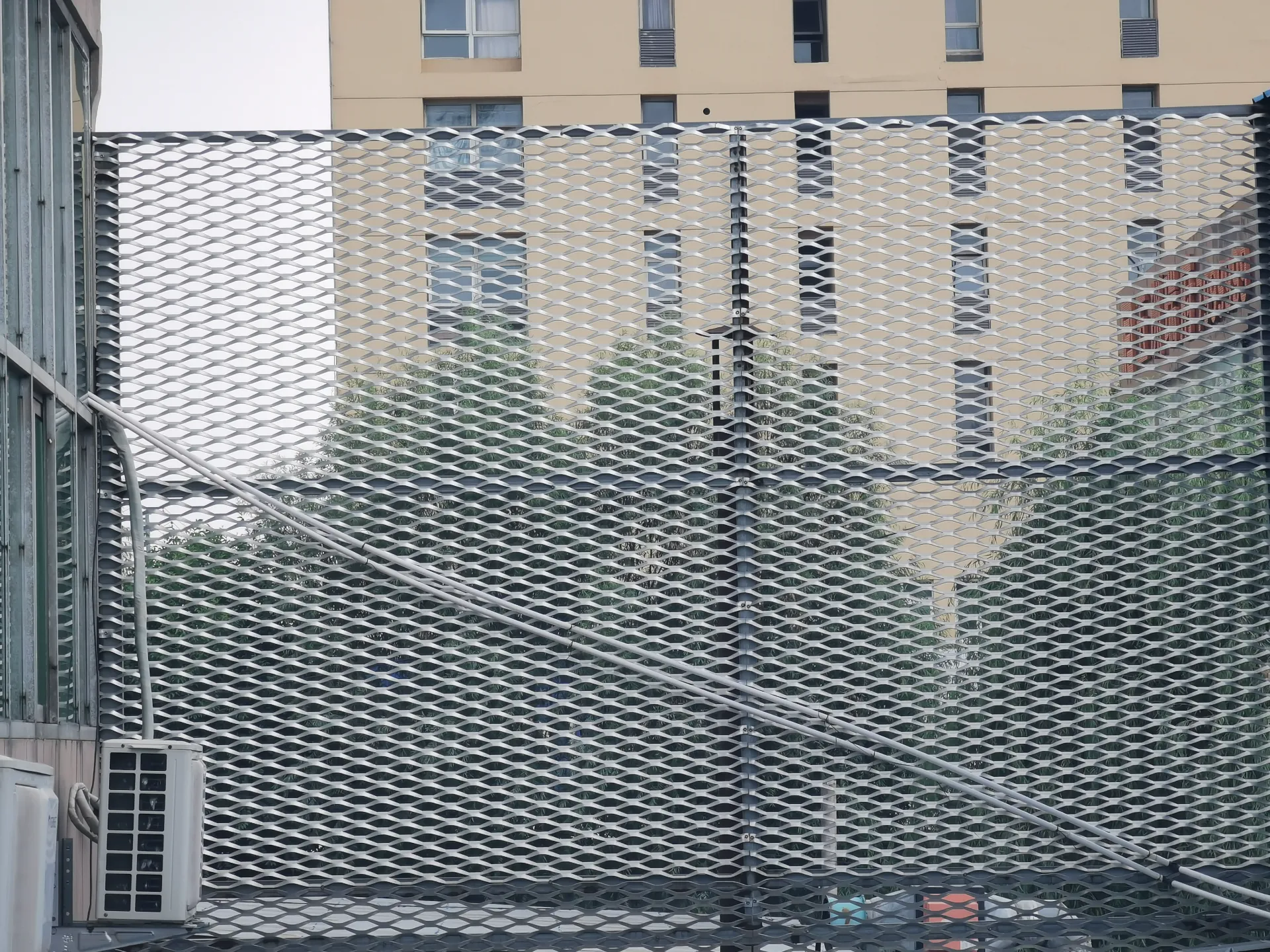
Conclusion
Along with the modern minimalist architectural standards, expanded metal brings aesthetics and functionality to buildings. It is also a new material that has become an indispensable decorative factor in modern architecture with its unique mesh design and performance advantages. Whether in commercial high-rise buildings, residential projects, or public facilities, expanded metal can always bring a stunning visual effect.
NEXT:
This is the first article

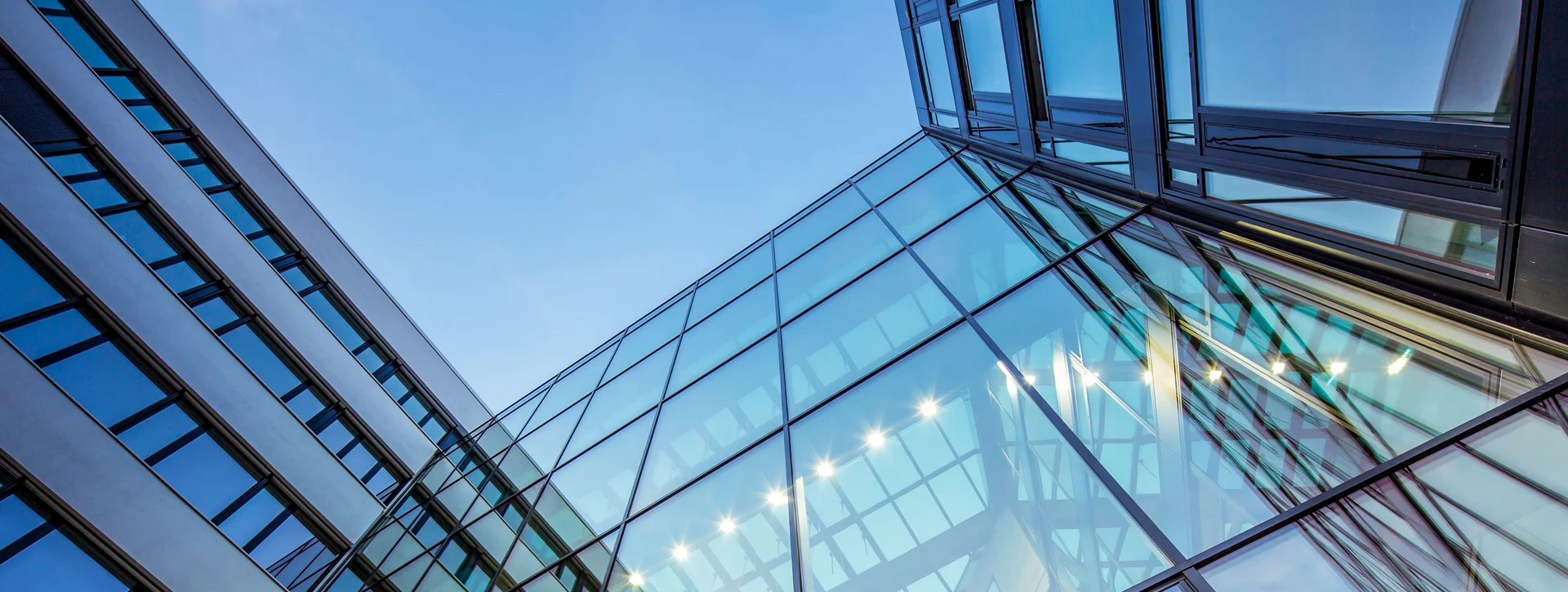
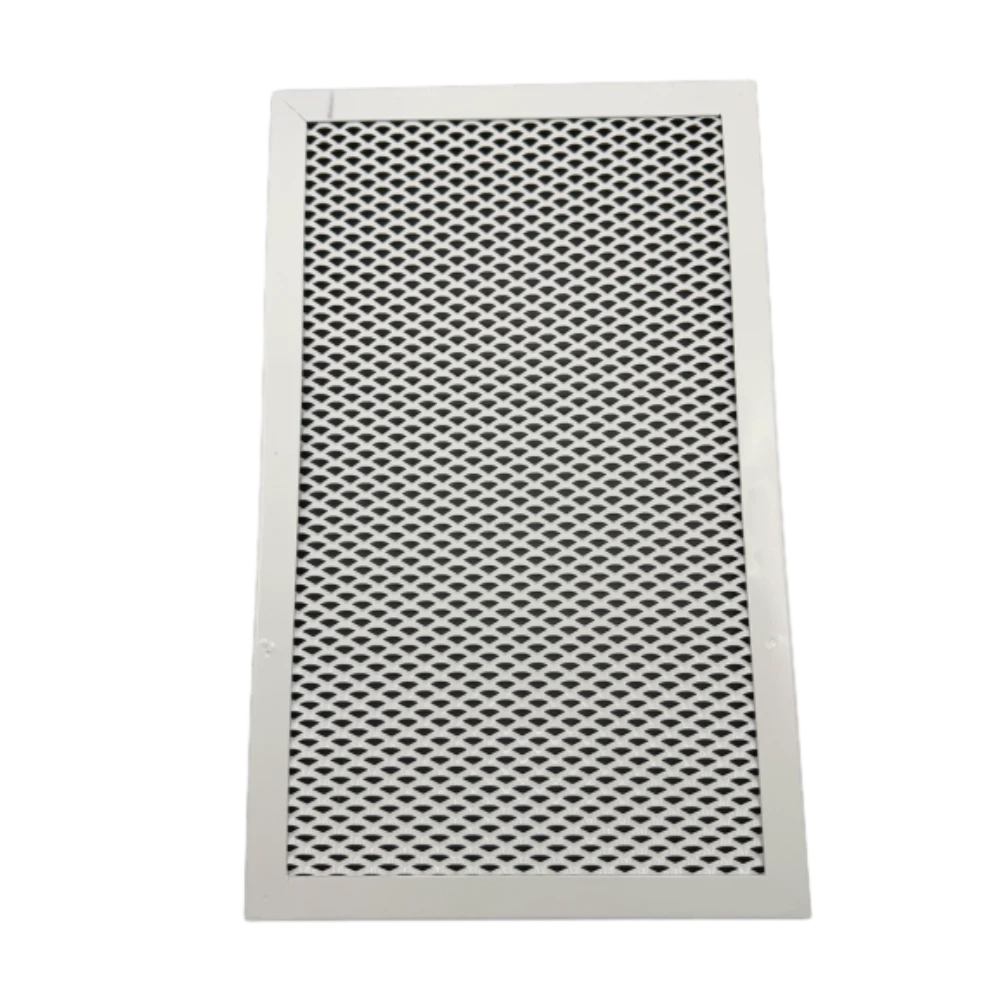
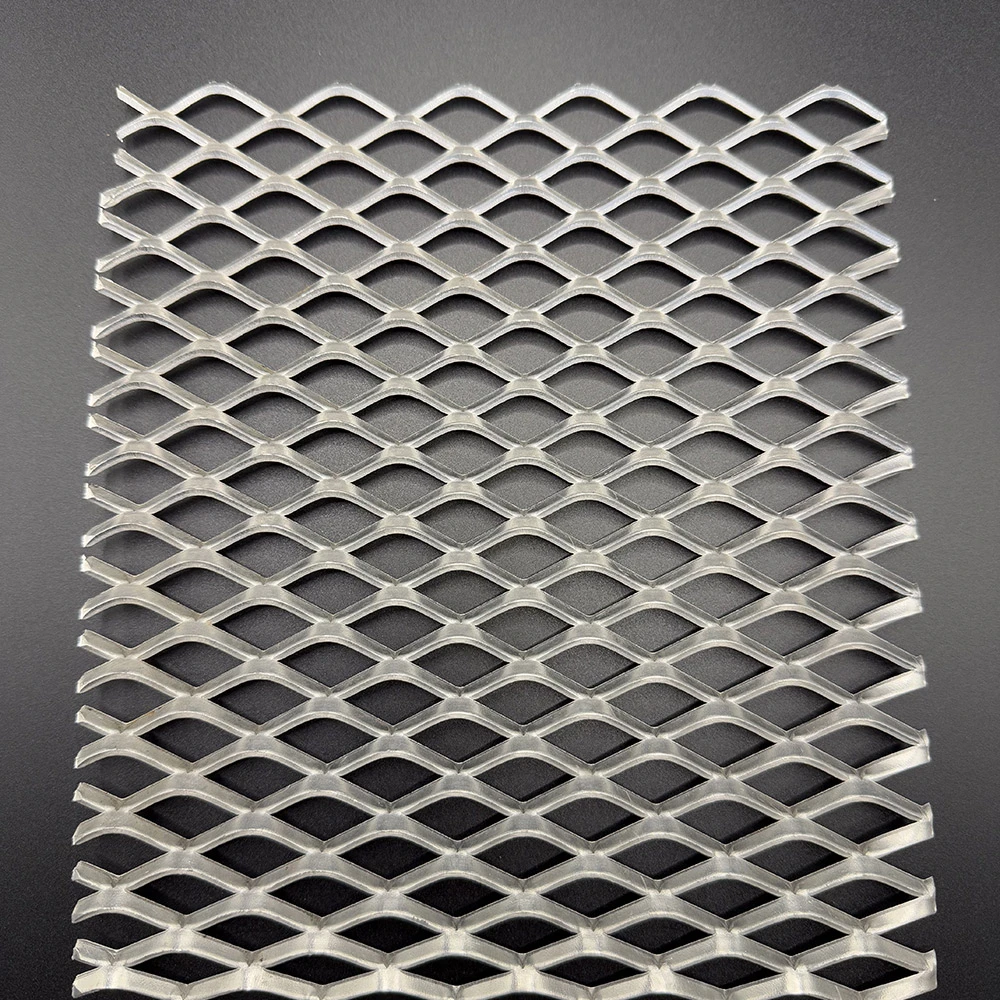
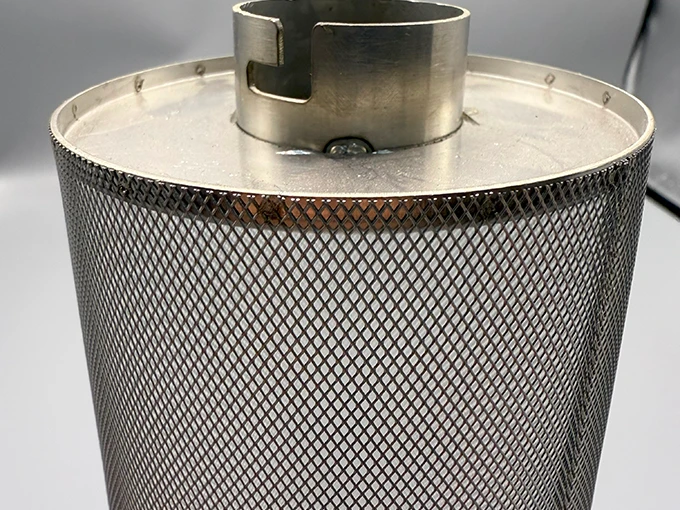
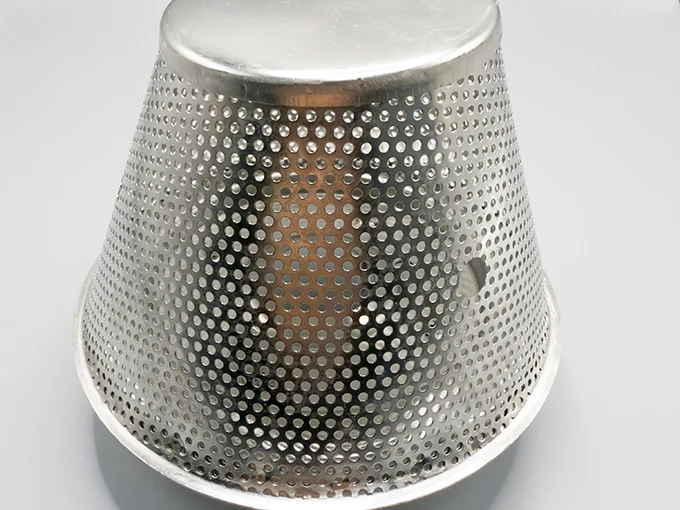













![$item[title] $item[alt]](https://www.ccmetalmesh.com/images/cc-7691.webp)

